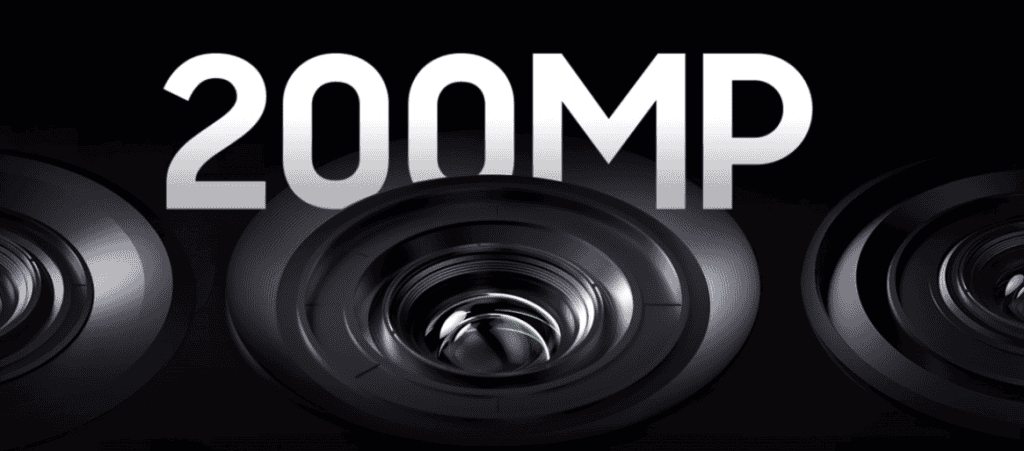Last year, Samsung released its first 200-megapixel mobile phone sensor ISOCELL HP1. At the time, this flagship camera sensor attracted widespread attention from users. Today, according to a GalaxyClub research report, Samsung is developing a successor to this sensor. This is the “Samsung ISOCELL HP3”. However, this report does not indicate any parameter information of this sensor.

On the ISOCELL HP1 that has been released, Samsung adopts the most cutting-edge 0.64μm technology and is equipped with ChameleonCell pixel fusion technology. This can increase the light input of the sensor and enhance the night shooting ability while ensuring the sensor volume.
In video recording, ISOCELL HP1 can shoot 8K video at a speed of 30 frames per second. It offers a larger resolution and can bring more cutting space and increase the space available for post-production. The Samsung ISOCELL HP3 under development is very likely to be better on the basis of the previous generation products. This will ensure that the new generation gets better imaging effects and picture quality.
However, it is important to note that the paper data of ISOCELL HP1 is good, maybe too good. Until now, no mobile phone has publicly announced the use of this sensor. Also, a large number of manufacturers are now giving up the pursuit of resolution in exchange for better picture quality. With this situation, although the upcoming Samsung ISOCELL HP3 will be a strong player for a 200-megapixel mobile phone, we can not tell if the market will accept it.
Samsung ISOCELL HP1 200MP Camera Sensor
On September 2, the company announced the 200MP ISOCELL HP1 camera sensor via a blog post on the Samsung Newsroom website. The company claims that the ISOCELL HP1 sensor is capable of capturing a significant amount of detail for sharper images. Furthermore, it is equipped with the company’s pixel-binning technology called ChameleonCell technology. The aforesaid technology determines the environment before using a full, four-by-four, or two-by-two pixel layout.

![]()
Moreover, the sensor can deliver 12.5MP images in a dark environment due to its large 2.56-micrometer pixels by unifying 16-nearest-pixels. The newly formed pixel can absorb more light and has higher sensitivity for crystal clear photos even indoors or in a low-light environment. On top of that, the new 200MP HP1 sensor is capable of recording 8K videos at 30fps. It brings the resolution down to 50MP or 8,192 x 6,144 pixels to capture videos in 8K (7,680 x 4,320 pixels) resolution without requiring to scale down or crop the image resolution. The Galaxy S22 series could debut the new sensor.





